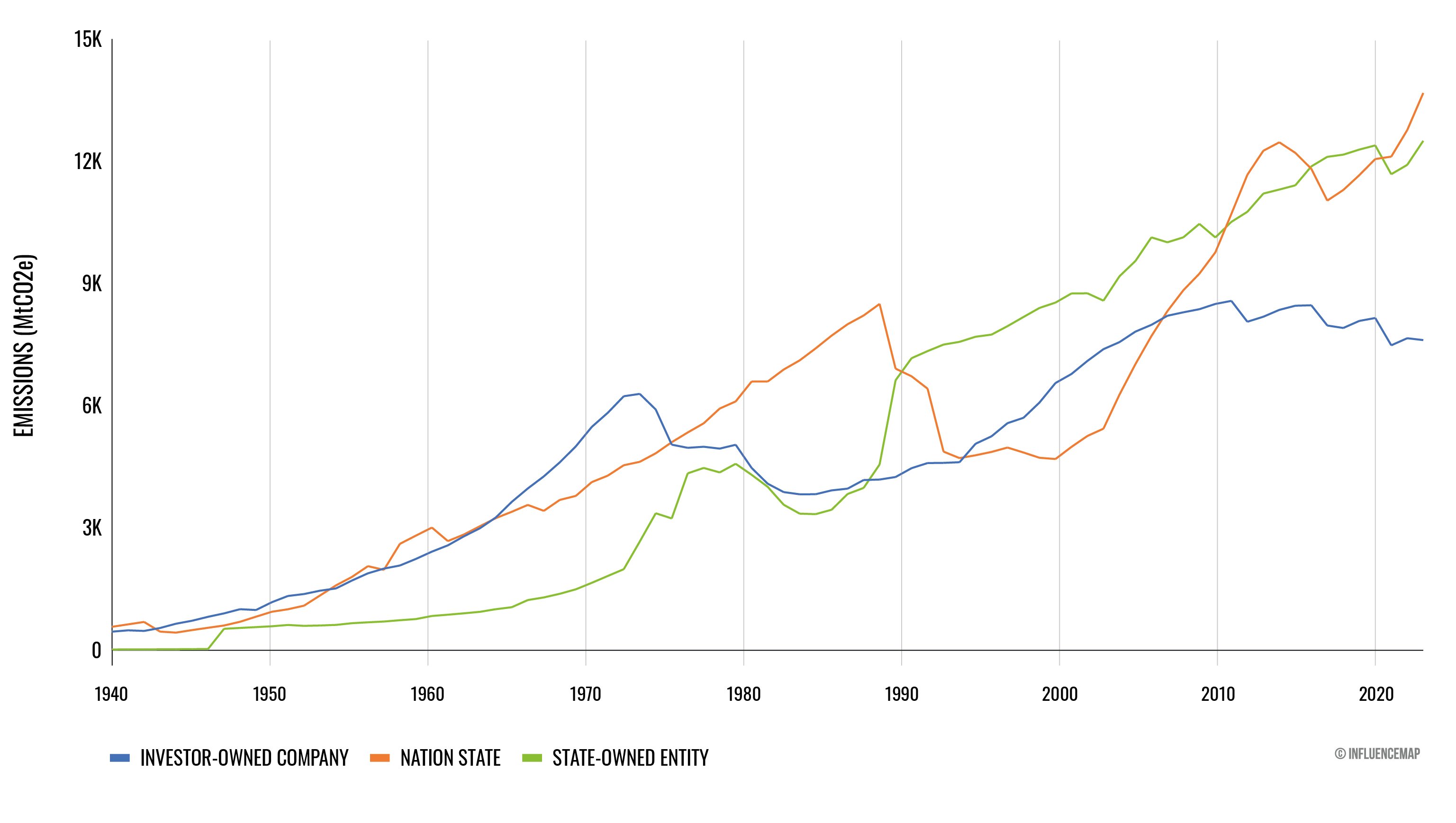this post was submitted on 24 Nov 2024
1477 points (97.8% liked)
memes
12913 readers
3108 users here now
Community rules
1. Be civil
No trolling, bigotry or other insulting / annoying behaviour
2. No politics
This is non-politics community. For political memes please go to [email protected]
3. No recent reposts
Check for reposts when posting a meme, you can only repost after 1 month
4. No bots
No bots without the express approval of the mods or the admins
5. No Spam/Ads
No advertisements or spam. This is an instance rule and the only way to live.
A collection of some classic Lemmy memes for your enjoyment
Sister communities
- [email protected] : Star Trek memes, chat and shitposts
- [email protected] : Lemmy Shitposts, anything and everything goes.
- [email protected] : Linux themed memes
- [email protected] : for those who love comic stories.
founded 2 years ago
MODERATORS
you are viewing a single comment's thread
view the rest of the comments
view the rest of the comments

Great question! The reason why I was using the 2017 report is that the Guardian arrival you originally referred to was from 2017, so I looked at the report they were working off of. While the article is still misleading (shame Guardian) the notion that a small proportion of companies, both state and private owned (100-200), are responsible for the majority (>50%) of global emissions.
Looking at the updated graph of annual emissions, it seems like this is still true, though I haven't counted the companies. Again I agree the 72% figure is misleading, but I am pushing back on the alternative implication that relatively few companies are not actually making up the majority of annual emissions.
That is sensible, yes.
I regards to the graph you posted, it shows how emissions from private comps is have fallen and emissions from nations and nation owned companies have rissen. I think this is a relevant distinction to make, because the meme and the report as they are show a one sided picture (capitalism is the sole drive of climate change) whilst, looking at the complete data, a more nuanced picture emerges (like the role of nations in upholding the capitals system).